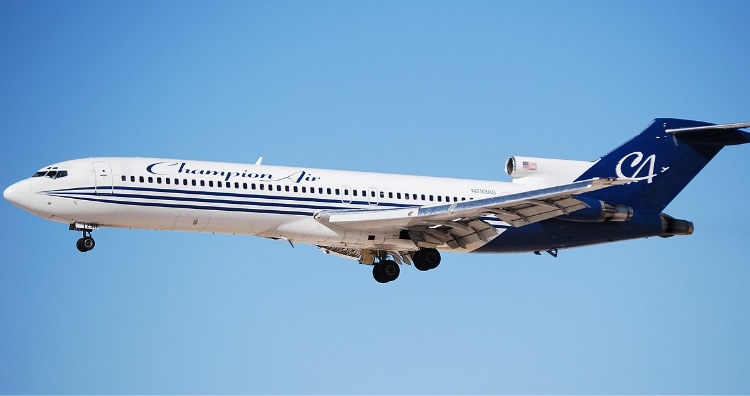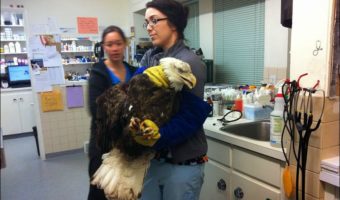Which Are the Safest Seats in an Airplane in the Event of a Crash? This Experiment Gave Scientists Insight

A plane crash is not something anyone wants to think about before boarding a flight. But, say what you might, it does cross our minds. We are often left wondering which are the safest seats in an airplane in the event of a crash landing. In 2012, a group of dedicated scientists intentionally crashed a Boeing 727 in Mexico to test seats that had the best chances of survival. The experiment was successful, which means that the plane did not land, but crashed as intended. This gave the scientists a lot of data to study and analyze. Their mission was to convert these findings into lessons that can save lives one day.
So, this brings us back to the dreaded question: Where should you sit on an airplane? But first, a little history on the preparation of this experiment.
Table of Contents
What is the backstory behind the intentional crash of the Boeing 727?
One of the biggest mysteries in a plane crash is how some passengers make it out alive, while others don’t. The team of scientists took first-hand testimonies from air crash survivors and weighed the consequence of their choices that was perhaps instrumental in saving their lives. Where did they sit? Were they in a bracing position? What last-minute decisions did they take? The experiment wanted to explore the end results of those small judgments and combine them with the information that would come from the crash landing.
It was a fascinating experiment with collaboration across three countries – the U.S, the U.K, and Germany. An able team of industry experts, which included air crash investigators, crash dynamics engineers, test pilots, scientists, etc., did four years of meticulous planning to put the whole thing together. From half a million dollars worth of crash dummies to specialized cameras, they painstakingly put together every possible object to re-recreate a real scenario.
Who actually crashed the plane and where?
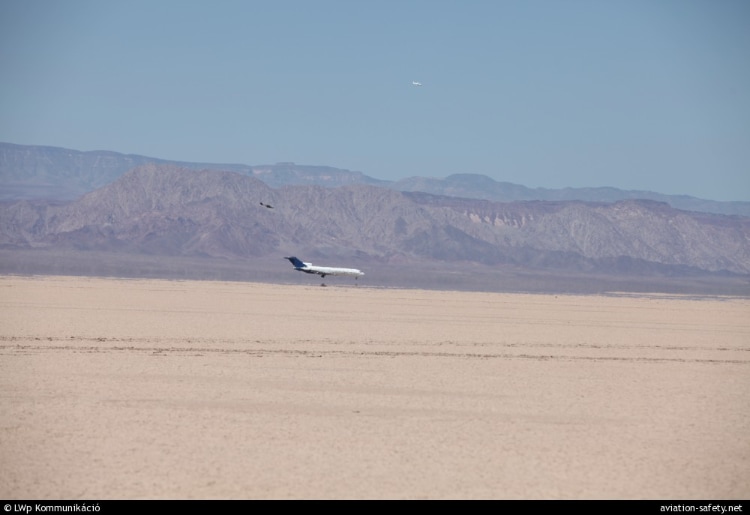
The most dangerous part of this mission was actually crashing the plane. This was done by a team of former U.S test pilots. Their first task was to work out where exactly to crash. It took the team months to research and find the perfect place. In a dried lakebed, Laguna Salada in Mexico, where the terrain was flat, the skies were usually clear, with no civilization within hundreds of miles. This is where they crashed the Boeing 727.

The team chose Mexico, as the United States did not give permission to conduct the experiment. So, who crashed the plane? A three-man team in the cockpit of the Boeing 727 had the riskiest job in this experiment. It was led by a former 727 pilot, Captain Jim Bob Slocum, who was the last to leave the plane. Once the entire team of pilots safely parachuted out of this dramatic one-way flight, it was controlled remotely by Chip Shanle, a former United States Navy, from a “chase plane,” flying close to the Boeing 727.
How did the actual event of the plane crash unfold?
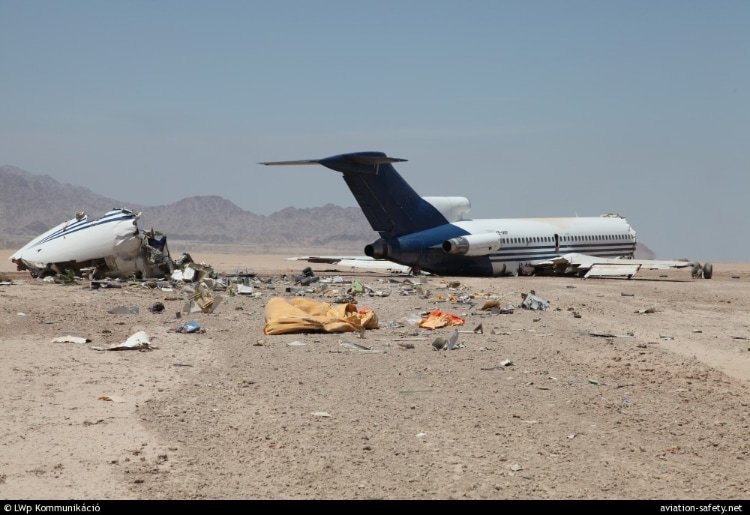
The flight took off from Mexicali Airport with the crew and climbed to 6,000 ft. The chase plane, a Cessna Skymaster with Chip Shanle at the remote controls, flew closely behind, staying within 50 meters of the Boeing 727. When the plane was thirty minutes from the impact zone, the copilot and the engineer safely parachuted out, leaving Captain Jim Bob Slocum alone in the cockpit. Slocum then descended the plane further to 3,000 ft and handed over the control to Chip Shanle. This was in the last three minutes of the flight. At this point, he safely parachuted out of the plane, leaving the plane empty, on her last ever, tragic flight.
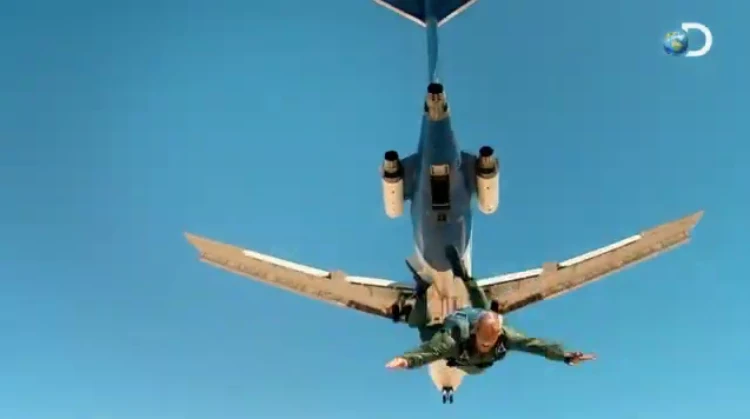
At the last minute, Chip Shanle in the chase plane remotely put the plane into a rapid dive at 2,000 ft/min, whereas usually, planes descend slowly at 600 ft/min. The speed had to be perfect – too slow, and the plane would have just landed hard; too fast, and the plane could explode. But it was a “picture-perfect crash” for the Boeing 727. It hit the desert floor at 140 miles per hour with a final descent rate of 1,500 ft/min. It broke into three pieces, with the cockpit torn away from the rest of the body.
Which are the safest seats on a flight in case of a plane crash?
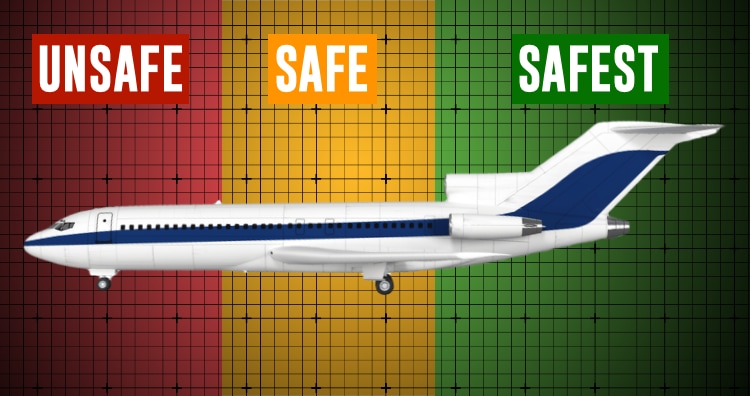
The experiment provided a lot of data on seats that could be the safest, and the ones with the least chance of survival. Examining the distance of the wreckage and the debris field, investigators found out that seat 7A was hurled almost 150 meters from the breaking point of the plane. The cockpit was completely thrown away from the rest of the body. The nose broke off and traveled backward, making the front few rows the most dangerously impacted, with twelve times the force of gravity. So, the major finding was that the passengers near the breakpoint of the plane, wherever it would be, would probably perish first.
No two crashes are alike. Survival would depend a lot on the part of the plane which breaks first. In this experiment, row 7 and forward were fatal. Row-8 and back had chances of serious injury with a lot of vertical impacts but were survivable. However, the passengers at the rear end of the plane, towards the back, had the best chance of walking out without any serious injury. Sitting within five rows of any exit gives a passenger the best odds of evacuating faster.
Anne Evans, one of Britain’s most senior former air crash investigators was the first one on board after the successful crash landing. She believes that in terms of relative safety, the front of the aircraft is always the most vulnerable during a crash. The middle seats, seats over the wings, and the rear of the fuselage are always better.
This experiment adapted a common scenario, with high impact, without the plane exploding into flames. But survival testimonies have differed, and in the end, it all comes down to how exactly the crash happens.
What were some of the other findings from the Boeing 727 crash?
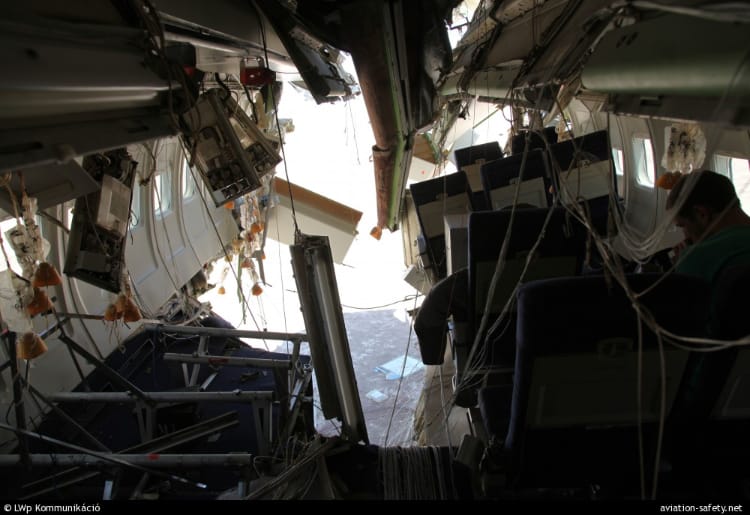
The scientists wanted to see what would happen if very heavy bags were placed in the overhead bin. Crash test dummies with data sensors were placed, attempting to give insights into the safest positions. Accelerometers were placed in first class, wings, and the end near the engines. Seats were marked with numbers to test which ones were the most vulnerable to the impact.
When the plane crashed, it broke into three pieces. A good sign was that the overhead cabins did not open exposing the heavy bags. But it also revealed that the wiring, and signs, come off in a complicated mess, and can cause hindrance to the evacuation process. Bracing on impact could be a lifesaver. It saves passengers from the dangerously flying debris that can cause life-threatening injuries. Though both positions can sustain injuries, the braced one will be much safer.
The landing gear beneath the wings, designed to break off in a crash so that it does not puncture the fuel tanks, worked as expected. The fuselage remained intact for passengers, and seats remained in place. So that was good news for the manufacturers. Hopefully, all the data and insights collected from the most successful made-to-order crash in the aviation industry are a treasure trove of new information that can be used for making air travel safer in the future.
Did you know NASA had once attempted such a crash landing in 1984 but failed when they lost control of the plane, and it caught fire?














